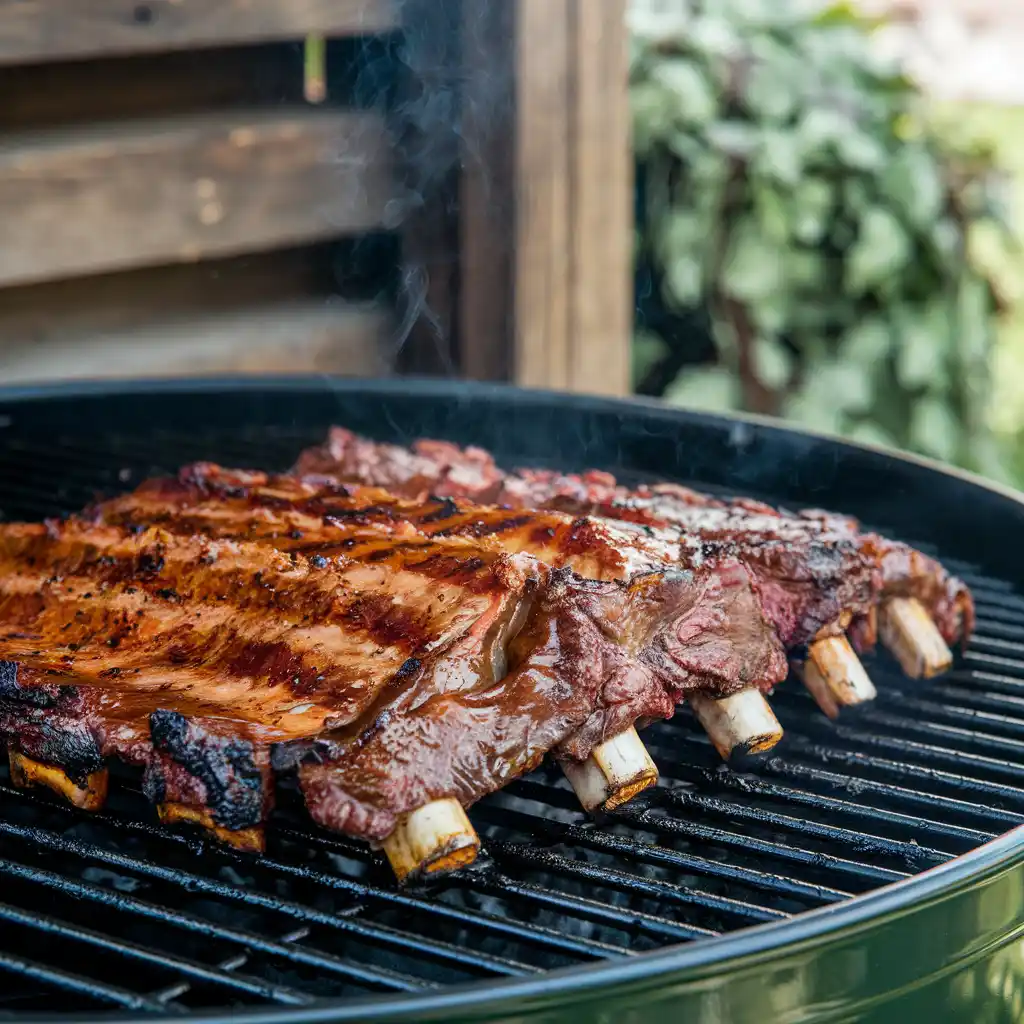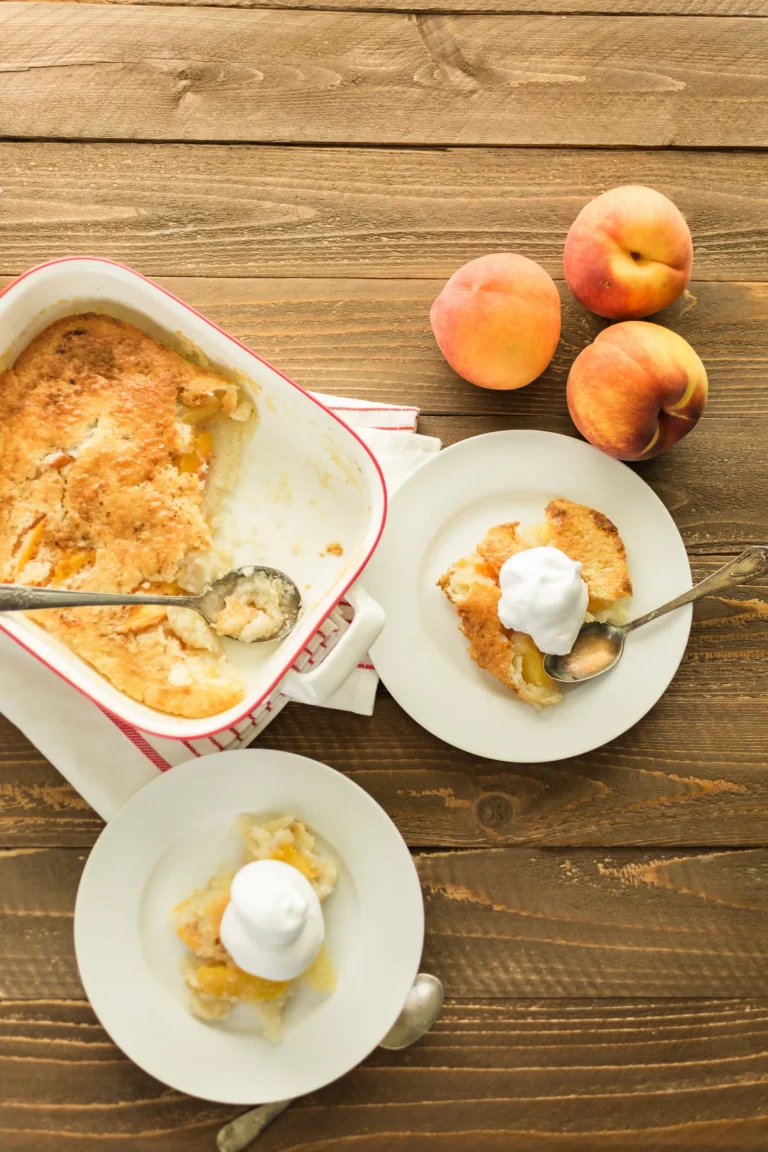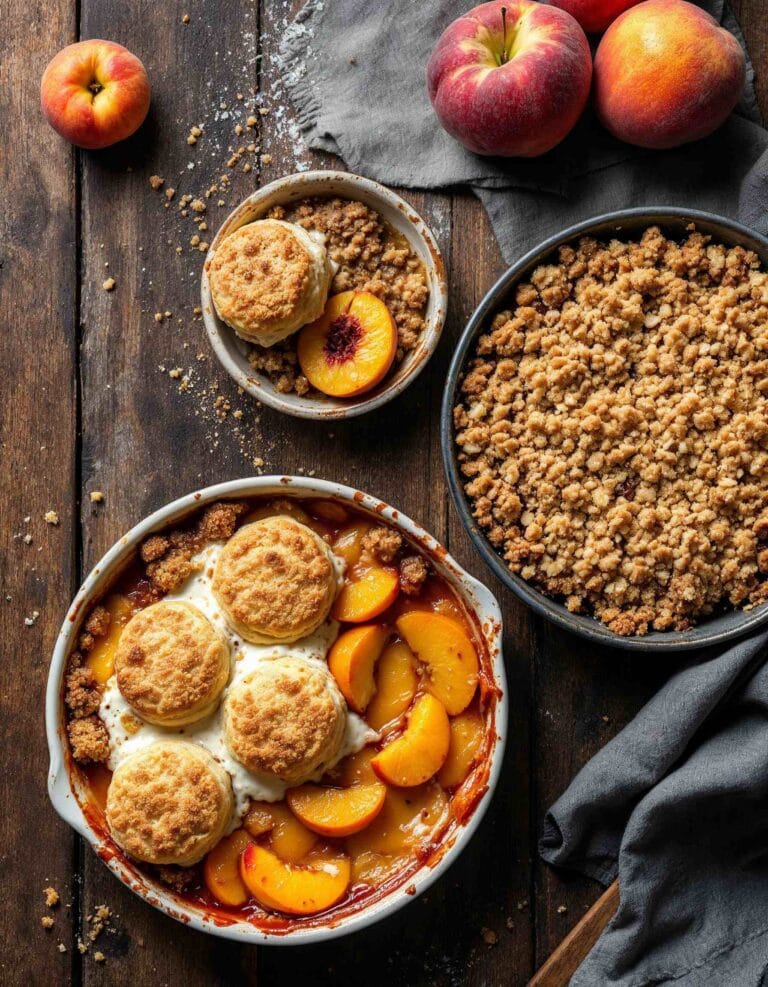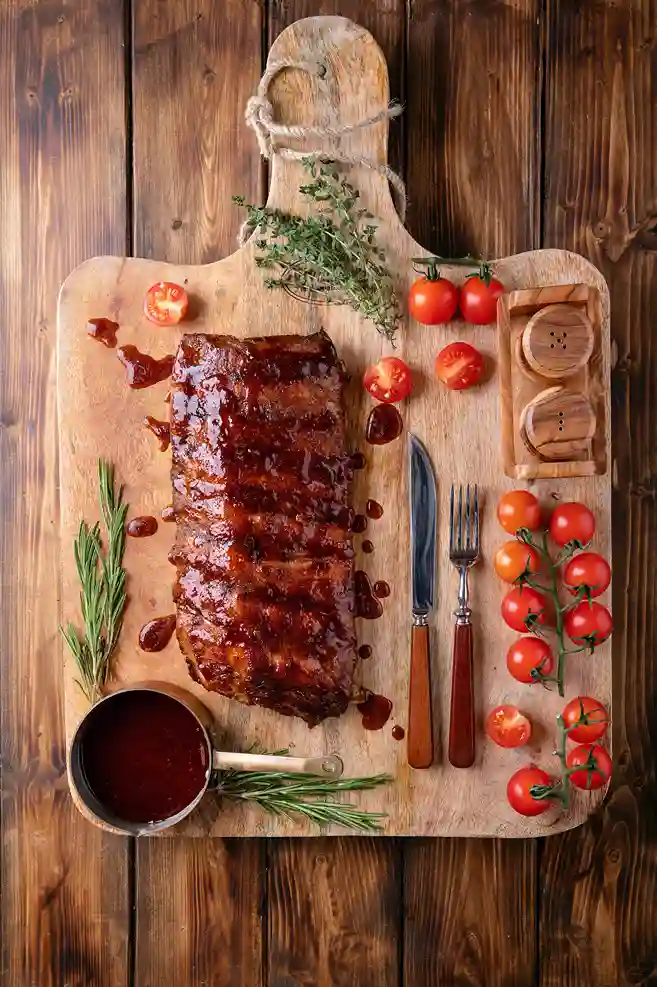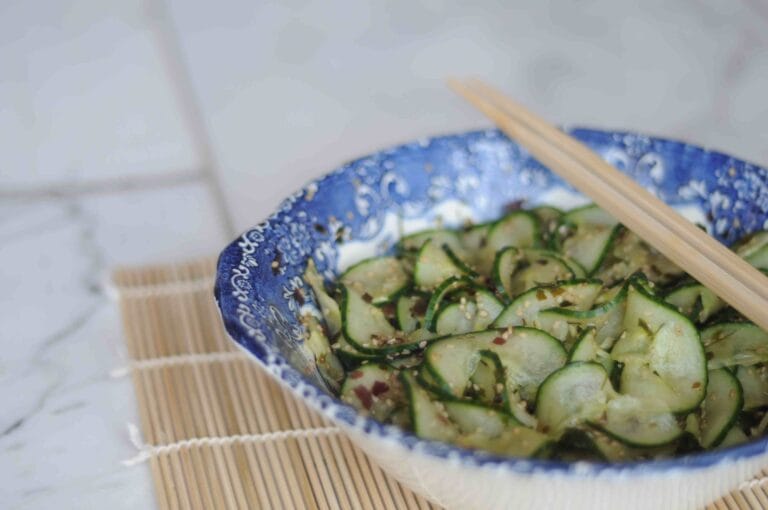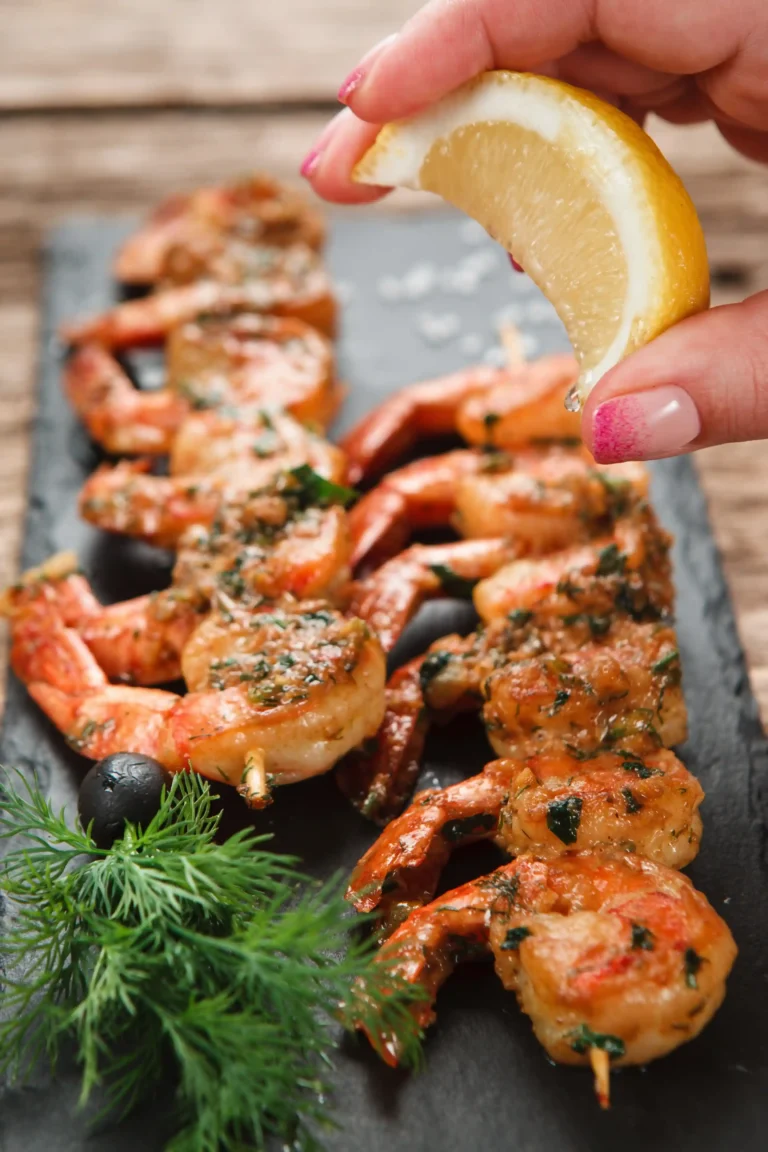Are Beef Back Ribs a Good Cut? Tips, Benefits, and Cooking Methods
Beef back ribs, a flavorful and versatile cut of meat, have long been a favorite among barbecue enthusiasts and home cooks alike. This cut is known for its bold, beefy taste and rich marbling, but its popularity often raises the question: Are beef back ribs truly a good cut? The answer largely depends on how they’re prepared and what you’re looking for in a meal.
In this article, we’ll explore everything you need to know about beef back ribs, from their characteristics and benefits to the best methods for cooking them. Whether you’re a seasoned chef or new to the world of ribs, understanding the unique qualities of this cut can help you decide if it’s the right choice for your next meal.
Beef Back Ribs: The Ultimate Guide to Perfectly Tender and Flavorful Ribs
What Are Beef Back Ribs?
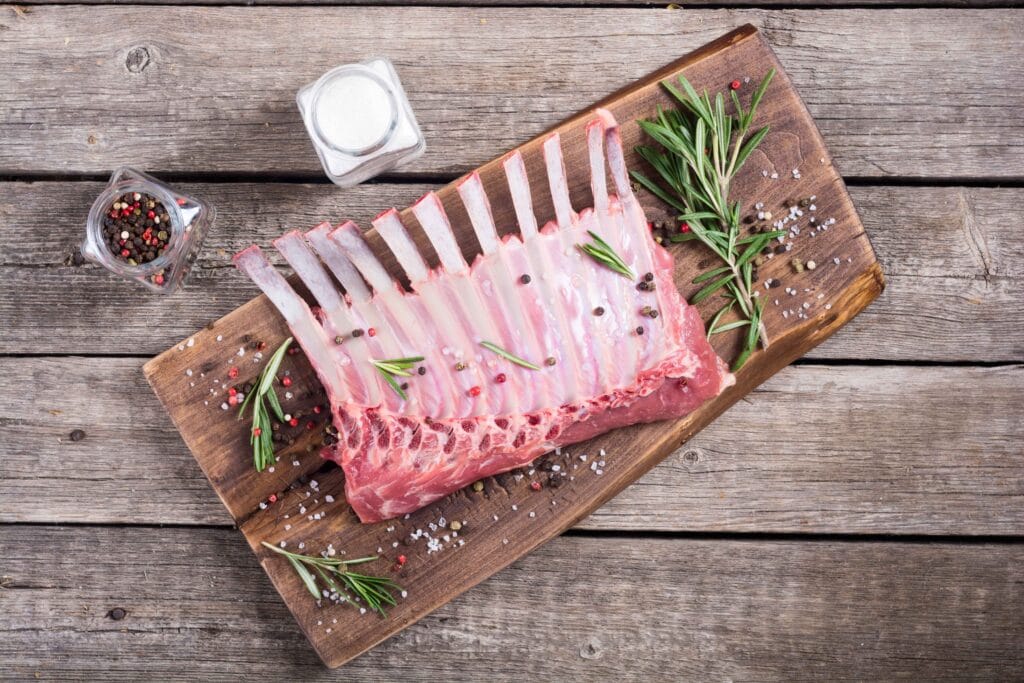
Beef back ribs are a distinct and flavorful cut of meat derived from the upper part of a cow’s rib section, near the spine. They are often considered the byproduct of ribeye or prime rib roasts, making them an affordable yet delicious option for many dishes. Here’s a closer look at what makes them unique:
Origin of Beef Back Ribs
Beef back ribs come from the rib primal section of a cow. This area is located along the backbone and contains the same ribs that form the foundation of the ribeye steak. Once the ribeye or prime rib is removed, what remains are the back ribs.
- Meat Left on the Bone: Because ribeye and prime rib are premium cuts, most of the meat is trimmed off, leaving beef back ribs with a moderate amount of meat attached.
- Bone Structure: Each rib is curved and relatively long, providing a robust framework that retains flavor during cooking.
Beef Back Ribs vs. Short Ribs
It’s essential to differentiate beef back ribs from short ribs, as they are often confused.
| Feature | Beef Back Ribs | Short Ribs |
|---|---|---|
| Source | From the upper ribcage near the spine. | From the lower section of the ribcage, near the belly. |
| Meat Content | Less meat, but tender and flavorful. | More meat, typically tougher but highly marbled. |
| Cooking Style | Best for grilling or smoking. | Ideal for slow-cooking and braising. |
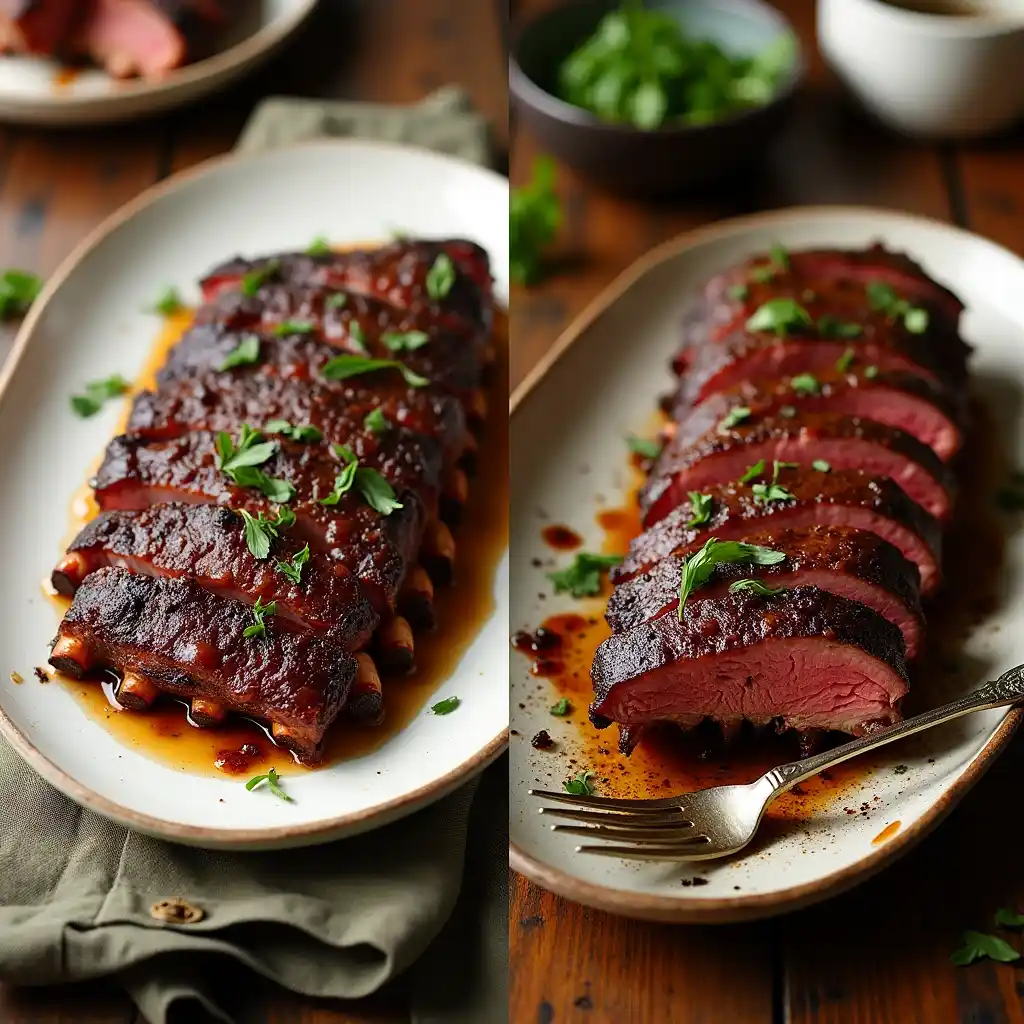
Nutritional Value of Beef Back Ribs
While beef back ribs are a treat for the taste buds, they also provide a host of nutrients.
- Protein: A rich source of high-quality protein, essential for muscle building and repair.
- Fat Content: Contains both saturated and unsaturated fats, contributing to the rich flavor.
- Iron and Zinc: Packed with minerals that support immune function and energy metabolism.
- Caloric Density: Relatively high in calories, making them better suited for indulgent meals rather than daily consumption.
Ideal Uses for Beef Back Ribs
Beef back ribs shine in recipes that enhance their natural flavor. They are particularly popular for grilling, smoking, or braising, as these methods bring out their tender, juicy texture and beefy taste.
Why Beef Back Ribs Are a Good Cut
Beef back ribs are widely appreciated for their unique qualities that make them an excellent choice for various dishes. Their deep, robust flavor and versatility in cooking are just a few reasons they stand out as a desirable cut. Let’s dive deeper into what makes beef back ribs such a fantastic option:
Flavor Profile
One of the most compelling reasons to choose beef back ribs is their bold, beefy flavor.
- Natural Intensity: The meat near the ribs is naturally marbled with fat, which melts during cooking to infuse the meat with a rich, savory taste.
- Charred Perfection: When grilled or smoked, the exterior of the ribs develops a caramelized crust, enhancing their flavor.
Meat-to-Bone Ratio
Beef back ribs are known for their distinctive structure, which plays a role in their appeal.
- Moderate Meat Content: While they have less meat compared to short ribs, the meat on beef back ribs is tender and packed with flavor.
- Perfect for Sharing: Their large, dramatic bones make them an attractive and fun choice for group meals or barbecues.
Versatility in Cooking
Beef back ribs adapt well to various cooking methods, making them suitable for all skill levels.
- Grilling: The ribs’ structure holds up well to high heat, creating a smoky, charred exterior while keeping the interior juicy.
- Smoking: Long, slow cooking over smoke brings out their full flavor potential, resulting in tender, fall-off-the-bone meat.
- Oven Roasting: For those without outdoor cooking equipment, oven roasting or braising is a straightforward way to achieve delicious results.
Budget-Friendly Alternative
Compared to other beef cuts like ribeye or short ribs, beef back ribs offer a more affordable option without compromising on flavor.
- Cost-Effective Choice: Often overlooked in favor of more premium cuts, they can be purchased at a fraction of the price while still delivering on taste.
- Less Waste: The bones in beef back ribs add weight but also contribute to the rich broth or sauces during cooking, maximizing their value.
Ideal for Enthusiasts and Beginners
Whether you’re an experienced chef or a novice, beef back ribs are a forgiving cut that delivers excellent results with minimal effort.
- Simple Preparation: Basic seasonings like salt, pepper, and garlic powder are enough to enhance their natural flavor.
- Room for Creativity: Experimenting with different marinades, rubs, and sauces allows for endless customization.
Beef back ribs shine as a versatile and flavorful cut that appeals to a wide range of preferences and skill levels.
Challenges of Cooking Beef Back Ribs
While beef back ribs are a flavorful and versatile cut, they come with a few challenges that require proper preparation and technique to overcome. Addressing these challenges can help ensure your ribs turn out tender, juicy, and delicious.
Leaner Nature Compared to Other Rib Cuts
Beef back ribs generally have less meat than other rib cuts like short ribs, which can affect their cooking process.
- Trimming and Meat Content: Since most of the meat has been trimmed off to produce ribeye steaks or roasts, what remains is primarily on the surface or between the bones.
- Impact on Cooking: Less meat means a higher chance of the ribs drying out if not cooked carefully. Proper moisture-retaining techniques are essential.
Importance of Low and Slow Cooking
Achieving tenderness in beef back ribs often requires patience and a “low and slow” approach.
- Tough Fibers: The meat on beef back ribs contains connective tissue that needs time to break down during cooking.
- Cooking Challenges: High heat can cook the exterior too quickly, leaving the interior tough. Using indirect heat or slow-cooking methods is key.
Seasoning and Flavor Penetration
Getting seasoning to penetrate the ribs effectively can be tricky due to the way the meat is distributed.
- Bone Structure: The large bones can limit the seasoning’s reach to certain parts of the meat.
- Solution: Using a marinade, brine, or injecting flavors can ensure even seasoning throughout. Applying a dry rub generously before cooking also helps.
Risk of Overcooking or Undercooking
Beef back ribs require attention to timing and temperature to avoid common pitfalls.
- Overcooking: Extended cooking times at high heat can dry out the meat, leaving it chewy and tough.
- Undercooking: Insufficient cooking fails to break down the collagen and connective tissues, resulting in tough, unappetizing ribs.
To achieve optimal results, aim for a target internal temperature of around 200°F (93°C) for tender, fall-off-the-bone ribs.
Overcoming These Challenges
With proper preparation and cooking techniques, you can mitigate these issues and make the most of beef back ribs.
- Pre-Cooking Steps: Marinating or brining overnight helps retain moisture and enhances flavor.
- Cooking Techniques: Using methods like smoking, braising, or wrapping ribs in foil during grilling ensures even cooking.
- Monitoring Temperature: Using a meat thermometer prevents overcooking and helps achieve the perfect doneness.
By understanding and addressing these challenges, you can turn beef back ribs into a mouthwatering centerpiece for any meal.
Beef Ribs vs. Beef Back Ribs: Differences, Tenderness, and Best Uses
Best Ways to Prepare Beef Back Ribs
Beef back ribs can become a culinary masterpiece when prepared correctly. The right cooking method brings out their rich flavor and tender texture. Below are some of the best ways to prepare beef back ribs, with tips to ensure they turn out perfectly every time.
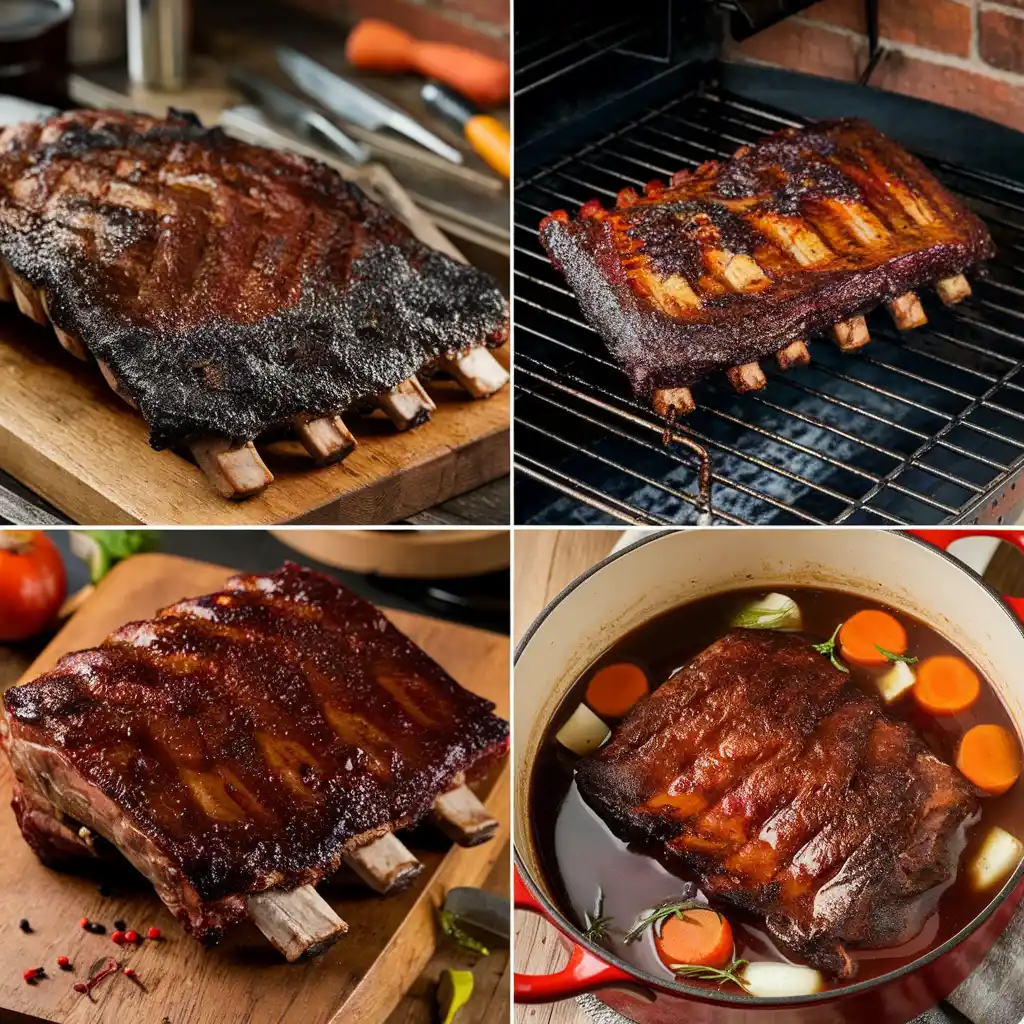
Are Beef Back Ribs Tough? Tips for Tender Ribs
Smoking Beef Back Ribs
Smoking is one of the most popular methods for cooking beef back ribs. The low-and-slow process allows the meat to absorb smoky flavors while breaking down tough connective tissues.
- Preparation:
- Trim any excess fat and silver skin from the ribs.
- Apply a dry rub of your choice, ensuring it covers all sides.
- Let the ribs rest for 1–2 hours to allow the seasoning to penetrate.
- Cooking:
- Preheat the smoker to 225°F (107°C).
- Use hardwoods like hickory, oak, or mesquite for a bold flavor.
- Smoke the ribs bone-side down for 5–6 hours, spritzing with apple juice or broth every hour to maintain moisture.
- Tips: Wrap the ribs in foil during the last hour of smoking for extra tenderness.
Grilling Beef Back Ribs
Grilling is another excellent way to prepare beef back ribs, especially if you’re short on time. The high heat gives the ribs a smoky char while sealing in the juices.
- Preparation:
- Marinate the ribs overnight in a mixture of olive oil, garlic, soy sauce, and spices to enhance their flavor.
- Preheat the grill to medium heat (around 350°F or 175°C).
- Cooking:
- Sear the ribs over direct heat for 5–7 minutes per side to develop a crust.
- Move the ribs to indirect heat and cook with the lid closed for 1–2 hours.
- Tips: Use a meat thermometer to ensure the internal temperature reaches 200°F (93°C) for optimal tenderness.
Braising Beef Back Ribs
Braising is a foolproof method that guarantees tender, flavorful ribs every time. It’s especially effective if you prefer a juicy texture and a sauce-rich dish.
- Preparation:
- Sear the ribs in a hot skillet with oil to develop a golden crust.
- Prepare a braising liquid using beef broth, red wine, onions, garlic, and herbs.
- Cooking:
- Place the seared ribs in a deep baking dish or Dutch oven.
- Pour the braising liquid over the ribs until they’re halfway submerged.
- Cover tightly and cook in a preheated oven at 325°F (163°C) for 2.5–3 hours.
- Tips: Skim the fat from the sauce after cooking and serve it as a gravy.
Barbecue Techniques for Beef Back Ribs
Barbecuing beef back ribs is a classic choice, combining smoking and grilling elements for a full-flavored result.
- Preparation:
- Coat the ribs with a dry rub or barbecue sauce.
- Let them marinate for at least 4 hours or overnight.
- Cooking:
- Preheat the barbecue to a low heat setting (around 250°F or 121°C).
- Place the ribs bone-side down on the grill and cook for 4–5 hours.
- During the last 30 minutes, baste the ribs with more barbecue sauce for a sticky glaze.
- Tips: Serve with coleslaw, baked beans, or cornbread to complement the smoky flavors.
Choosing the Right Method for You
Each cooking method offers unique advantages, so choose based on your preferences:
- For smoky flavors: Go for smoking or barbecuing.
- For tender meat with a rich sauce: Opt for braising.
- For a quick option: Grilling is your best bet.
By mastering these techniques, you can turn beef back ribs into a culinary delight.
Frequently Asked Questions (FAQs)
What Are Beef Back Ribs Good For?
Beef back ribs are ideal for recipes that emphasize bold, smoky, and beefy flavors. They are excellent for:
- Barbecues and Grilling: Their structure holds up well to high heat, making them perfect for grilling or smoking.
- Slow Cooking: Methods like braising and roasting transform them into tender, juicy meals.
- Flavorful Broths or Stocks: The bones are rich in collagen, which adds depth and body to homemade broths and soups.
Beef back ribs are a versatile cut that excels in dishes requiring patience and flavorful cooking techniques.
Best Cooking Methods for Back Ribs: Smoke, Grill, Bake, or Slow Cook?
Are Beef Back Ribs the Same as Short Ribs?
No, beef back ribs and short ribs are not the same, though both come from the rib section of the cow.
- Beef Back Ribs:
- Located near the spine, with meat primarily on top of the bones.
- Leaner and better suited for smoking, grilling, or barbecue.
- Short Ribs:
- Found lower on the cow, closer to the belly.
- Contains more meat and fat, ideal for slow-cooking methods like braising.
While both cuts offer delicious flavors, they cater to different textures and cooking preferences.
Are Beef Back Ribs Better Than Pork?
The choice between beef back ribs and pork ribs depends on personal preference and the desired flavor profile.
- Beef Back Ribs:
- Offer a stronger, richer flavor and are larger in size.
- Require longer cooking times to achieve tenderness.
- Pork Ribs:
- Tend to be sweeter and more delicate in flavor.
- Cook faster and are more widely used in casual barbecue recipes.
If you prefer bold, savory flavors, beef back ribs might be better. For a milder, sweeter taste, pork ribs are an excellent option.
What Is the Best Cut of Beef Ribs?
The best cut of beef ribs depends on your cooking style and flavor preferences:
- Beef Back Ribs: Best for grilling, smoking, or barbecuing when you want bold, beefy flavor with a leaner profile.
- Short Ribs: Perfect for braising or slow cooking, offering a more tender, meatier result.
- Plate Ribs (Dino Ribs): Larger and more heavily marbled, these ribs are ideal for smoking or slow roasting.
Each cut has its unique appeal, but plate ribs are often considered the most luxurious due to their size and rich marbling.
Conclusion
Beef back ribs are a flavorful and versatile cut of meat that can elevate any meal when prepared correctly. While they may not be as meaty as short ribs or as quick to cook as pork ribs, they offer a bold, beefy taste that is hard to match. With the right cooking methods—whether smoking, grilling, or braising—beef back ribs can become tender, juicy, and utterly delicious.
Their affordability makes them an attractive option for both novice cooks and seasoned chefs, while their adaptability ensures they can suit various recipes and flavor profiles. By addressing the challenges of preparation and embracing the best techniques for cooking, you can unlock the full potential of beef back ribs and enjoy their rich, savory goodness.
Whether you’re hosting a barbecue, preparing a hearty dinner, or experimenting with new recipes, beef back ribs are a cut worth exploring. So, fire up the grill or preheat the oven and let the smoky, tender goodness of beef back ribs take center stage at your next meal.

